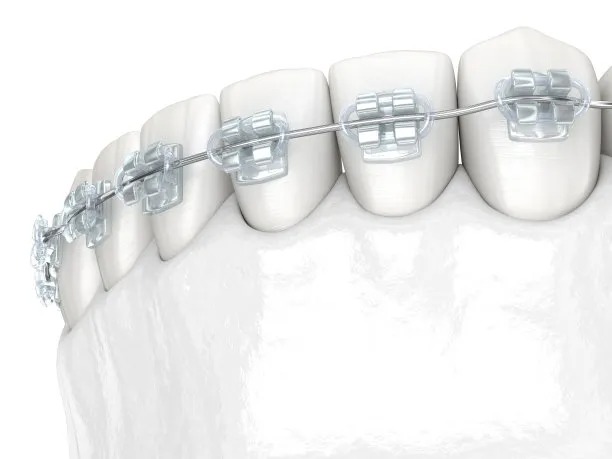Essential Guidelines and Precautions You Should Know Before Undergoing a Dental Filling Procedure for Optimal Oral Health
Summary: Undergoing a dental filling is a common procedure that plays a vital role in maintaining oral health. However, to ensure optimal outcomes, patients should be aware of certain essential guidelines and precautions beforehand. This article outlines four key areas to consider: understanding dental fillings, preparing for the procedure, knowing what to expect during treatment, and post-treatment care. Each aspect is crucial for minimizing anxiety, ensuring effective results, and promoting long-term dental wellness. By following these recommendations, patients can significantly enhance their dental filling experience and maintain a healthier smile.
1. Understanding Dental Fillings and Their Types

Dental fillings are used to restore the function and integrity of decayed or damaged teeth. There are several types of materials used for fillings, including amalgam, composite resin, glass ionomer, and porcelain. Each material offers unique advantages and can be chosen based on the patients condition and aesthetic preferences.
Amalgam fillings, typically made from a mixture of metals, are known for their durability and are often used for larger cavities, especially in the back teeth. Composite resin fillings, on the other hand, provide a more natural look and can be color-matched to the surrounding teeth, making them an ideal choice for visible areas.
Understanding the various types of fillings can help patients make informed decisions regarding their dental treatment. Discussing these options with a dentist will ensure that individuals choose the material that best suits their needs and oral health goals.
2. Preparing for the Dental Filling Procedure
Preparation before a dental filling is key to ensuring a smooth procedure. First and foremost, patients should schedule a comprehensive dental examination with their dentist. This allows the dentist to assess the extent of decay and determine the most appropriate treatment plan.
Additionally, its essential to communicate any medical conditions or medications to the dentist, as these factors could influence the procedure. For individuals with anxiety about dental treatments, discussing these concerns with the dentist can lead to tailored sedation options to reduce apprehension.
Lastly, it’s beneficial to take care of any other dental issues prior to the filling appointment. For instance, if a patient has gum disease, addressing this before undergoing a filling will contribute to a more successful outcome and improved oral health overall.
3. What to Expect During the Filling Treatment
Knowing what to expect during the dental filling procedure can alleviate stress and set appropriate expectations. Typically, the treatment begins with local anesthesia to ensure the affected area is numb. This is essential for minimizing discomfort during the procedure.
Once the anesthetic takes effect, the dentist will remove decayed tissue from the tooth and clean the cavity thoroughly. After this, the chosen filling material is applied, shaped, and polished. Patients may wonder how long the procedure will take; generally, a filling can be completed within an hour, depending on the size and complexity of the cavity.
Listening to the dentists instructions during the procedure fosters collaboration and can enhance comfort. Patients are encouraged to ask questions if they feel uncertain about any part of the procedure. Clear communication with the dental team contributes to a more relaxed treatment experience.
4. Post-Treatment Care for Optimal Results
After the dental filling procedure, following specific post-treatment care guidelines is vital for ensuring the longevity of the filling and promoting healing. Initially, patients should avoid eating or drinking until the anesthesia wears off to prevent biting the inside of their cheeks or tongue.
Once the numbness subsides, its important to maintain excellent oral hygiene. Patients should brush gently around the filled area to avoid damaging the filling while ensuring that the surrounding teeth and gums remain healthy.
Additionally, regular follow-up appointments with the dentist can monitor the condition of the filling and overall dental health. If any discomfort or unusual sensations occur, contacting the dentist promptly is necessary to address potential issues before they escalate.
Summary:
In conclusion, understanding dental fillings, preparing adequately, knowing what to expect during the procedure, and following post-treatment care guidelines are essential for achieving optimal oral health. Patients who prioritize these areas will likely experience a more positive outcome and maintain a healthy smile for years to come.
This article is compiled by Vickong Dental and the content is for reference only


